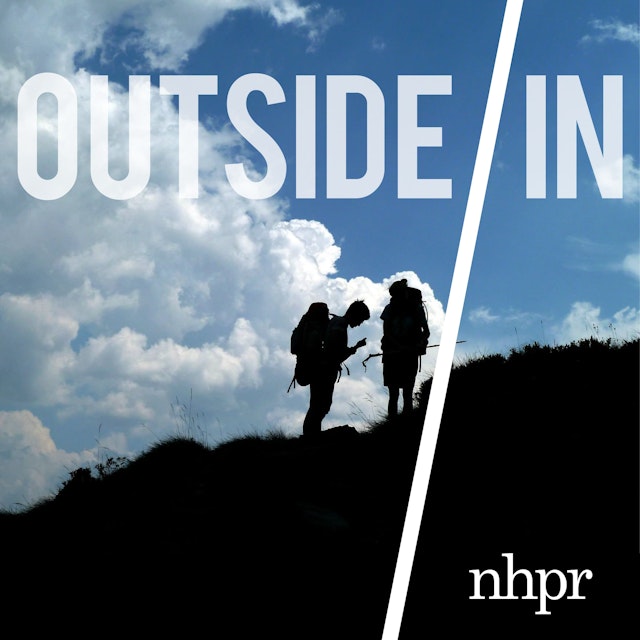When members of the Oceti Sakowin gathered near the Standing Rock Reservation to protest the Dakota Access Pipeline, they decided on a strategy of nonviolent direct action. No violence… against people.
But sabotage of property – well, that’s another question entirely.
Since the gathering at Standing Rock, anti-protest legislation backed by the fossil fuel industry has swept across the country.
What happened? When is environmental protest considered acceptable… and when is it seen as a threat?
This is the first of two episodes exploring the changing landscape of environmental protest in the United States, from Standing Rock to Cop City and beyond.
Part II will be released on June 8.
Featuring Chase Iron Eyes, Tokata Iron Eyes, Lesley Wood, Elly Page, and Connor Gibson.
Special thanks to Phyllis Young and everyone at the Lakota People’s Law Project, especially Daniel Nelson and Jesse Phelps. Thanks also to Soundings Mindful Media.
SUPPORT
Outside/In is made possible with listener support. Click here to become a sustaining member.
Subscribe to our (free) newsletter.
Follow Outside/In on Instagram or Twitter, or join our private discussion group on Facebook
LINKS
We highly recommend the podcast Burn Wild, investigative reporter Leah Sottile’s excellent series on the Earth Liberation Front. It centers on the question, “How far is too far to stop the planet burning?”
Use the ICNL’s US Protest Law Tracker to look up anti-protest and critical infrastructure bills by state or by issue.
“Exploring the sound of the American Indian occupation of Alcatraz”, produced by the Berkeley Voices program, and footage of the occupation, compiled by the Bay Area TV Archive.
For even more context on AIM, we recommend listening to Buffy, a podcast series on Buffy Sainte Marie, a Piapot Cree Nation singer-songwriter whose record “Now That the Buffalo’s Gone” was an anthem during the occupation of Alcatraz.
The Intercept’s reported extensively on Standing Rock and TigerSwan. They’ve also made the leaked documents available for anyone to read, and recently published this investigation on TigerSwan’s strategy of misinformation, in collaboration with Grist.
This critique of How to Blow Up a Pipeline calls the book “reckless,” arguing that Andreas Malm “has a tendency of rehashing many well-established anarchist ideas.”
CREDITS
Host: Nate Hegyi
Reported, written, and produced by Justine Paradis
Mixed by Justine Paradis and Taylor Quimby
Edited by Taylor Quimby with help from Nate Hegyi, Felix Poon, Rebecca Lavoie, and Jessica Hunt
Executive producer: Rebecca Lavoie
Music by Podington Bear, Skylines, Cory Gray, Cooper Cannell, and Blue Dot Sessions.
Outside/In is a production of New Hampshire Public Radio.
Podkasten Outside/In er innebygd på denne siden fra en åpen RSS feed. Alle filer, beskrivelser, illustrasjoner og andre metadata fra RSS-feeden tilhører podcasteieren og er ikke tilknyttet eller validert av Podplay.
